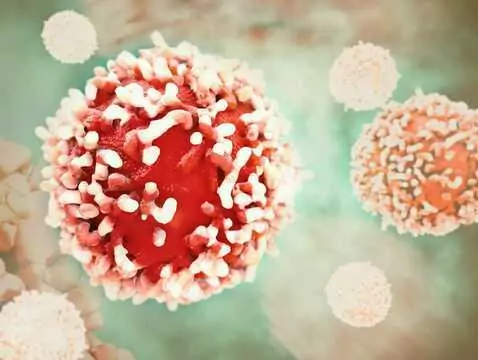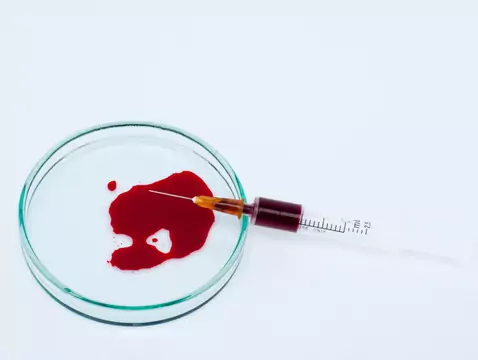Healthy skin protects our body against various microorganisms. The basic element of this protection is the epidermis, especially the stratum corneum and the lipid coat on its surface. Additional defence against pathogenic microorganisms is provided by specific and non-specific immune mechanisms. Also, the acid reaction on the skin surface (pH 5.4 - 5.9) favours relatively less harmful bacteria and protects against pathogenic strains.
Impetigo - symptoms, diagnosis, treatment
Impetigo is one of the most common skin diseases in children. There are several forms of impetigo due to its aetiology. Vesicular impetigo and neonatal impetigo are caused by Staphylococcus aureus, whereas infectious non-blistering impetigo has a mixed staphylococcal and streptococcal aetiology .
Vesicularimpetigo (impetigo contagiosa staphylogenes)
Vesicular impetigo occurs mainly in children and is characterised by large, flaccid blisters. The aetiological agent is S. aureus, in this case producing two exotoxins, exfoliatin A and B, causing superficial separation of the epidermis. The disease spreads more rapidly in newborns, as infants do not have the ability to neutralise exfoliatins, and has a more severe course than in older children. If immunity is lowered, staphylococcal scalded skin syndrome develops. General anti-staphylococcal antibiotic therapy is necessary.
Neonatal impetigo
Neonatal staphylococcal pustulosis is a variant of follicular lichen occurring in newborns. The infection starts at the stump of the umbilical cord or other damaged area. Blisters develop very rapidly. Lesions occur mainly in the groin and skin folds. Fluid loss and secondary infections occur. Outbreaks occur in neonatal wards. General anti-staphylococcal antibiotic therapy must be included.
Staphylococcal scalled skin syndrome (SSSS)
Extensive superficial skin loss due to staphylococcal exfoliation. The disease most commonly affects infants and children under 5 years of age. In rare cases, it occurs in adults with immunodeficiency.
The mechanism of lesion formation is the same as in bullous lichen. Initially, a scab-like eruption appears, followed by separation of the superficial epidermal layer, usually first in the mouth and nappy area. The lesions spread very rapidly, with blisters covering almost the entire surface after 24-48 hours. The symptoms are very similar to a burn (hence the name), but are not as deep. After a few days, the blisters dry up and epidermal regeneration begins. Healing usually leaves no scars. Patients are generally in good general condition. General antibiotic therapy is necessary.
Purulent folliculitis suppurativa
The aetiological agent is most often S. aureus. The disease predominantly affects men; in women, it affects the area with terminal hair, i.e. the axillae, genitalia and lower legs. Typical locations include the hairy scalp, face, axillae, buttocks and pubic area. If the lesions are extensive, they may be accompanied by general symptoms: fever or lymphadenopathy. The disease usually has a chronic and recurrent course.
Differentiate lesions from folliculitis of other aetiologies (see table)
Local treatment with antibiotics (mupirocin, fusidic acid) is usually sufficient. In more resistant cases, we use general antibiotic therapy according to the antibiogram result.









